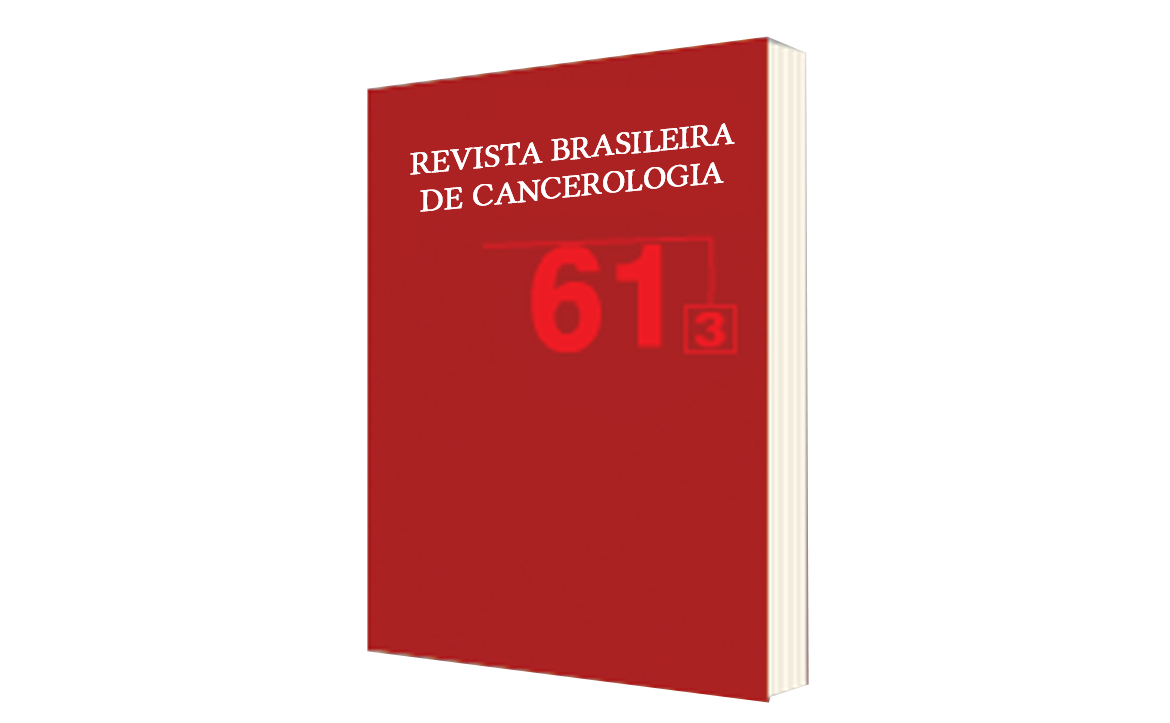Prevalence of Cancer Cachexia and its Associated Factors in Home Care
DOI:
https://doi.org/10.32635/2176-9745.RBC.2015v61n3.262Keywords:
Cachexia, Neoplasms, Home Care Services, Palliative CareAbstract
Introduction: Early identification of the factors triggering cancer cachexia is important for the nutritional intervention to assist in its prevention. Objective: To determine which factors are associated with cachexia in cancer patients participating in a home care program, using standard concepts for the syndrome. Method: A descriptive cross-sectional study using secondary data from medical records of all patients attended by the Nutrition Service staff from February 2010 to February 2014. The presence of cachexia was analyzed in relation to gender, age, tumor location, stage of disease, presence of metastases, type of anti-cancer treatment and symptoms presented. Results: There were 276 patients, mean age 61.5±13.7 years, predominance of male gender (57.3%), advanced disease (90%) and metastasis (78.6%). The prevalence of cachexia was 75.3%, and it was associated with disease stage (p=0.001), the presence of metastases (p=0.002) and tumor location (p=0.002), and it was more common among patients with gastrointestinal tumors (37.3%). There was an association between cachexia and anorexia (p<0.001), early satiety (p<0.001), constipation (p=0.02), mucositis (p=0.02), nausea (p=0.03), vomiting (p=0.01), dysgeusia (p=0.01), dysosmia (p=0.01) and pain (p=0.01). Conclusion: In addition to the factors directly related to the disease, such as tumor location, stage and metastasis, several symptoms were associated with cachexia, and they deserve special attention during nutritional interventions. Other studies assessing symptoms associated with cachexia are needed so that they can compare results and establish a nutritional intervention.









